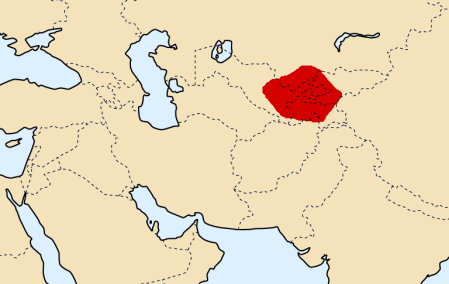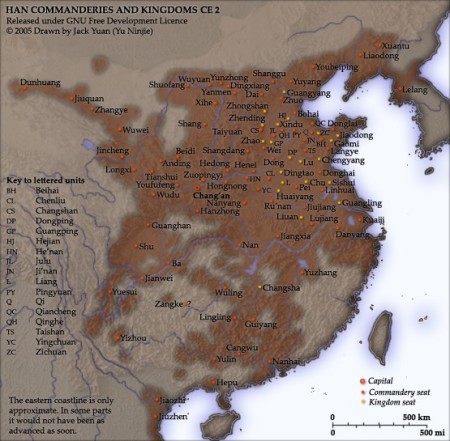Who knew I could have such a difficult time defining religion. It is a term very widely used in the news, in class, and in everyday language because it is what we study, talk, and debate about, but when it comes down to actually defining “religion,” I honestly do not have a clue. This is my very first religion course in University, since high school, where I learned that religion is the study of other peoples’ beliefs and values, and those beliefs are what forms their different cultures. We know that there are many different types of religion. For example, there is Catholicism, Christianity, Judaism, Buddhism, and the list can go on and on. But how does one obtain the standing of religion? What makes something religious? What are the characteristics or features that gives something the title of “religion?” I can put all my beliefs in a list together, give it a name, and call it my religion. Does that count?
Merriam Webster defines religion as the service and worship of God or the supernatural; commitment or devotion to religious faith or observance; or a personal set or institutionalized system of religious attitudes, beliefs and practices. I realized that 2 out of 3 of those definitions have the term “religious” in them. So what constitutes something as “religious?” Religious can be defined as relating to or manifesting faithful devotion to an acknowledged ultimate reality or deity. So the dictionary gives us a general term. But we also have to consider that there are different views and perceptions on religion, thus give us different definitions of religion as well.
The essentialist definition of religion is a belief in Spiritual Beings; believing in this or that. Sociologically speaking, religion is a unified system of beliefs and practices relative to sacred things, that is to say, things set apart and forbidden – beliefs and practices which unite into on single moral community called a Church and all those who adhere to them. The functionalist definition of religion is more concerned with what religion does rather than what religion is.
A common word used however, is belief. It is what one believes in that makes up or constitutes a portion of religion. It is the mental statement of a claim as truth. Since some people believe in God, and for example, the Golden Rule (do unto others as you would have them done to you), this makes them Catholic and the religion of Catholicism emerges. I know it is not just those two things that make up Catholicism but those are certain aspects of it. Catholics believe God to be true and to them, therefore he is. It is also to say that Jewish people believe in the Torah, therefore, they believe that it is true, and that constitutes their religion of Judaism. Sometimes it makes me wonder who first used the term “religion” and on what basis and grounds they used that term for.
According the University of Alabama, to answer “What is the study of religion?”- they can say that it is the disciplined inquiry of but one aspect of human cultural practices – an aspect identified, by the definition we choose to use, a definition that suits our purposes and our curiosities. They are saying that there can be many different definitions of religion and it is our own perspectives and beliefs that allow us the will and freedom to interpret it how we want. People know what their religion is, even atheists, and it is those beliefs for their culture and religion that gives them their own definition of religion and what in their minds and from those beliefs and values, constitutes something as religious.

